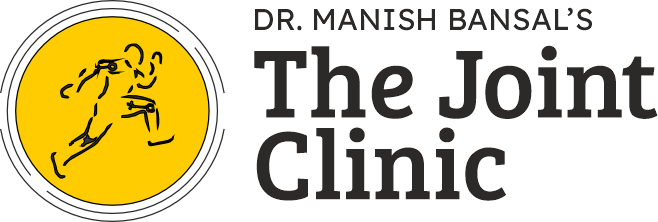Arthroscopic sports injury surgery is a minimally invasive surgical procedure used to diagnose and treat various sports-related injuries within the joints. It involves the use of an arthroscope, which is a small, flexible tube with a camera and light attached to it. The arthroscope is inserted into the joint through small incisions, allowing the surgeon to visualize the internal structures of the joint on a monitor.
During arthroscopic sports injury surgery, the surgeon can perform a variety of procedures, such as:
Repairing torn ligaments: Ligaments are strong bands of tissue that connect bones to stabilize the joints. Injuries to ligaments, such as the anterior cruciate ligament (ACL) in the knee, are common in sports. Arthroscopic surgery can be used to reconstruct or repair torn ligaments using sutures or grafts.
Meniscus repair or removal: The meniscus is a cartilage in the knee joint that acts as a shock absorber. Tears in the meniscus are frequently seen in sports injuries. Depending on the severity and location of the tear, the surgeon may repair the meniscus by stitching it back together or remove the damaged portion.
Cartilage restoration: Articular cartilage lines the ends of bones in joints, providing a smooth surface for movement. In some cases, athletes may experience cartilage damage due to trauma or wear and tear. Arthroscopic procedures like microfracture or autologous chondrocyte implantation (ACI) can be performed to stimulate new cartilage growth or replace damaged cartilage.
Removing loose bodies: Sports injuries can sometimes cause loose fragments of bone or cartilage to float within the joint space, causing pain and limited mobility. Arthroscopy allows the surgeon to locate and remove these loose bodies, alleviating symptoms.
Debridement and joint cleaning: In cases where there is inflammation, infection, or debris within the joint, arthroscopic surgery can be used to clean the joint and remove any damaged tissue or foreign matter.
Arthroscopic sports injury surgery offers several advantages over traditional open surgery, including smaller incisions, reduced scarring, faster recovery times, and less postoperative pain. However, not all sports injuries can be treated arthroscopically, and the specific procedure depends on the type and severity of the injury. It’s essential to consult with an orthopedic surgeon or sports medicine specialist to determine the most appropriate treatment for your specific condition.
.

